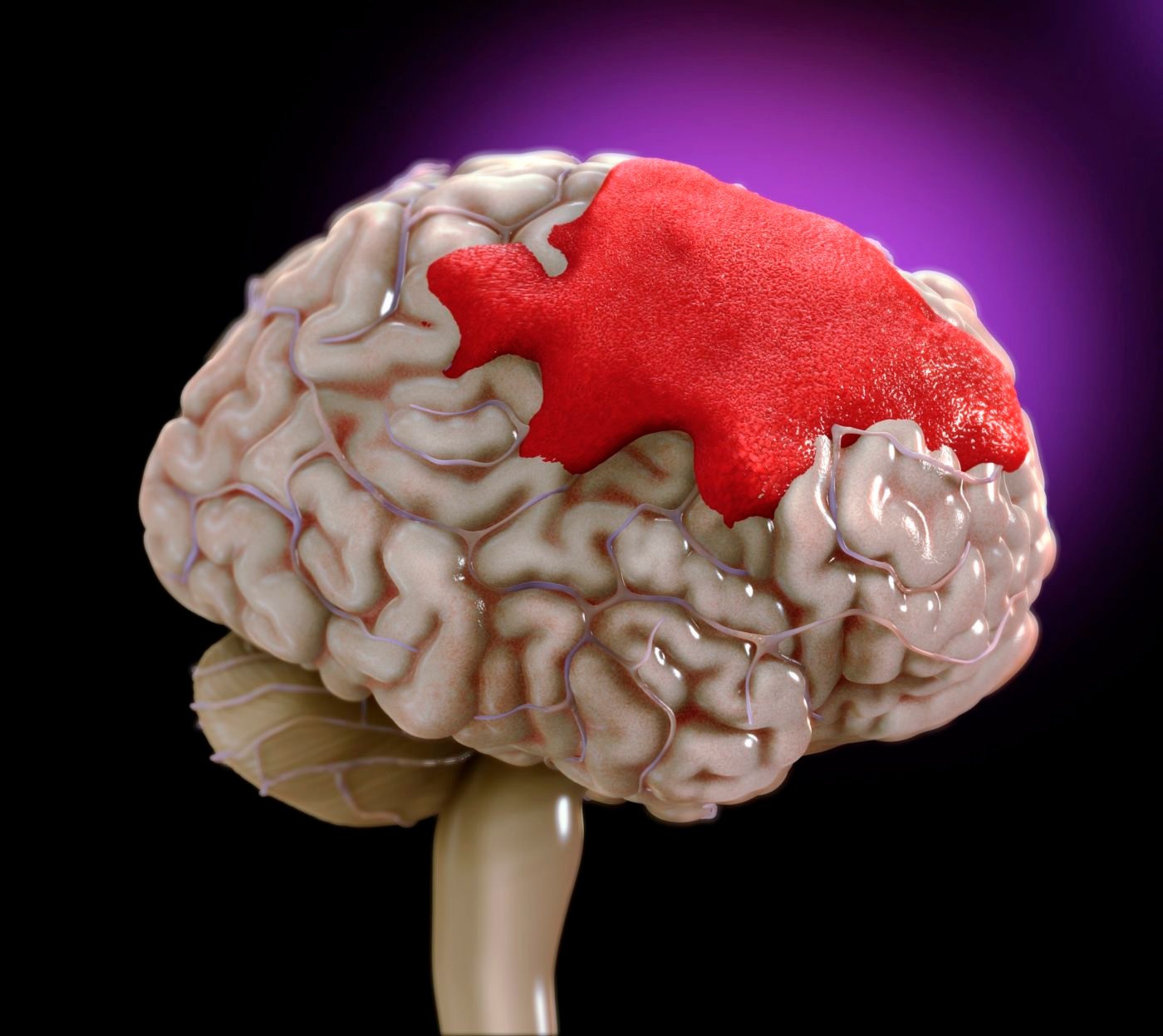Cervical disc prolapse, also known as a herniated disc, is a condition that can cause significant discomfort and impact daily activities. This condition occurs when the discs in the cervical spine (neck) lose water content and elasticity as we age, making them more prone to herniation.
Causes of Cervical Disc Prolapse
As we age, the spinal discs naturally lose some of their water content, leading to reduced elasticity and resilience. This degeneration makes the discs more susceptible to herniation, where the inner gel-like core pushes through the outer layer. Other contributing factors can include:
Trauma or Injury: Sudden impact or severe strain can cause disc herniation.
Repetitive Movements: Activities that involve repetitive neck movements can increase the risk.
Poor Posture: Chronic poor posture can put additional stress on the cervical spine.
Symptoms to Watch For
The most common symptom of cervical disc prolapse is pain in the neck. This pain can extend to the shoulders and arms, often described as a sharp or burning sensation. Other symptoms may include:
Numbness or Tingling: Particularly in the shoulders, arms, and hands.
Weakness: Muscle weakness in the affected areas.
Reduced Range of Motion: Difficulty moving the neck due to pain or stiffness.
Treatment Options
Treatment for cervical disc prolapse varies depending on the severity of the condition and the symptoms experienced. The primary goal is to relieve pain and improve function. Here are some common approaches:
Conservative Treatments: These include physical therapy, medications for pain relief, and lifestyle modifications. Heat and ice therapy, along with gentle exercises, can also be beneficial.
Surgical Intervention: If conservative treatments fail or if there is significant neurological impairment, surgery may be considered. Procedures such as discectomy or spinal fusion aim to remove or repair the herniated disc.
Rehabilitation and Recovery
Post-treatment rehabilitation focuses on regaining strength, flexibility, and range of motion. A well-structured rehabilitation program will typically include:
Physical Therapy: Tailored exercises to strengthen the neck and shoulder muscles.
Education: Learning proper body mechanics and posture to prevent future issues.
Gradual Return to Activities: Ensuring a safe and effective return to daily and work-related activities.
Conclusion
Cervical disc prolapse is a manageable condition with the right approach. Early diagnosis and treatment are key to preventing long-term complications. If you experience symptoms associated with cervical disc prolapse, consult a healthcare professional to explore your treatment options.
For personalized care, you can reach out to Dr. Dilip S. Kiyawat, an experienced neurosurgeon specializing in spinal conditions.
Contact Information:
Phone: +91 98220 46043
Email: drdilipkiyawatneurosurgeon@gmail.com
Dr. Kiyawat and his team are dedicated to providing comprehensive care to help you regain your quality of life.
By understanding the causes, symptoms, and treatment options for cervical disc prolapse, you can take proactive steps to manage this condition effectively. Remember, timely medical intervention and appropriate rehabilitation can make a significant difference in recovery and long-term outcomes.







